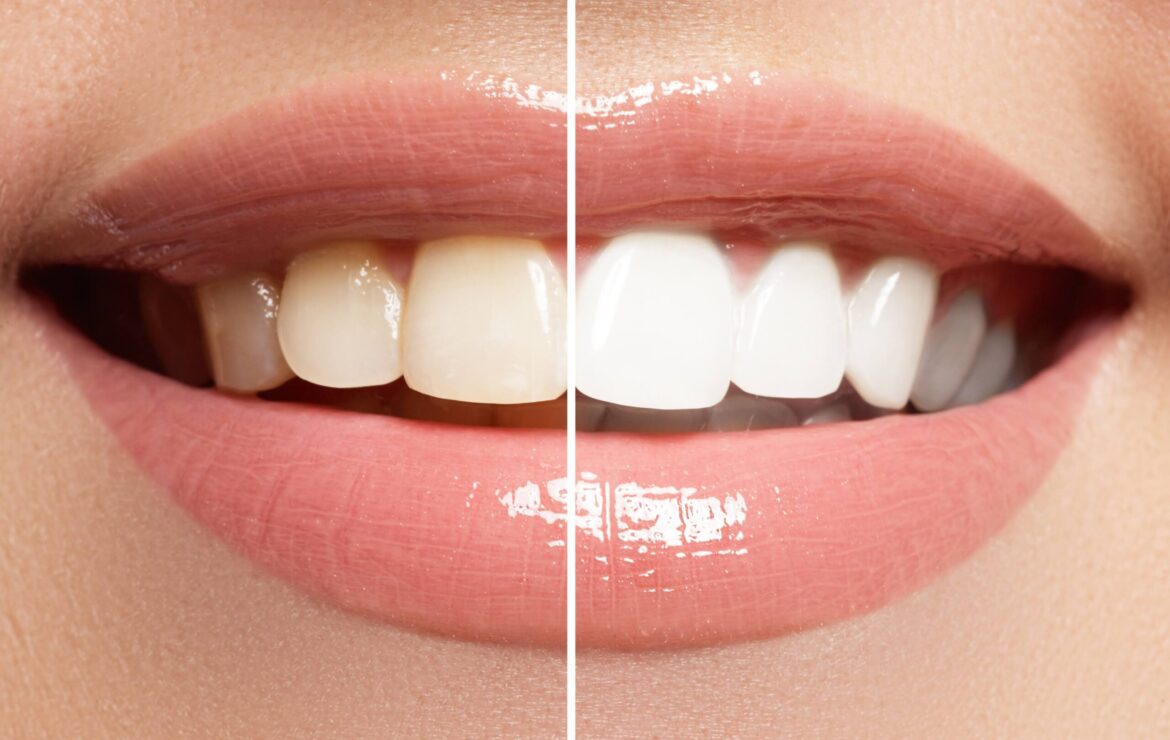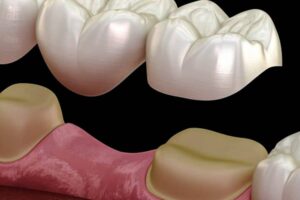Teeth Whitening

A great way to improve the beauty of your smile is with teeth whitening (also known as bleaching), which is a quick, non-invasive dental procedure used to change the color of natural tooth enamel.
There are several ways to whiten teeth because it has changed over time and currently ranks as the most important aesthetic issue for most patients.
The most common technique is employing a home tooth whitening kit, which will significantly whiten teeth. Since old fillings, crowns, etc. do not work with teeth whitening because it only works on natural tooth enamel, it is crucial to consider replacement. After bleaching, any restorations will be replaced so they match the freshly bleached teeth.
Tooth whitening is a temporary procedure. Every few years, you could need a touch-up, and more frequently if you smoke, drink coffee, tea, or alcohol.
Reasons to whiten teeth:
- Fluorosis (excessive fluoride during tooth formation)
- Normal wear and tear on the enamel.
- Medication-induced tooth stains (from tetracycline, etc.).
- Teeth with brown and yellow stains
What happens during teeth whitening?
Typically, two visits are necessary for this sort of tooth whitening. To create personalized, clear plastic trays, imprints (or molds) of your teeth will be taken at the initial session.
You will test the trays for optimal fit at your second session, and any modifications will be made as needed. Depending on the severity of the staining and the desired amount of whitening, the trays are worn with a particular whitening solution either twice daily for 30 minutes or overnight for a few weeks. While you are bleaching your teeth, it is common to feel some tooth sensitivity. However, this sensitivity will soon pass.
You will be given instructions on how to take care of your teeth and trays, and you'll be urged to go to the dentist frequently to keep your smile radiant, healthy, and white.






